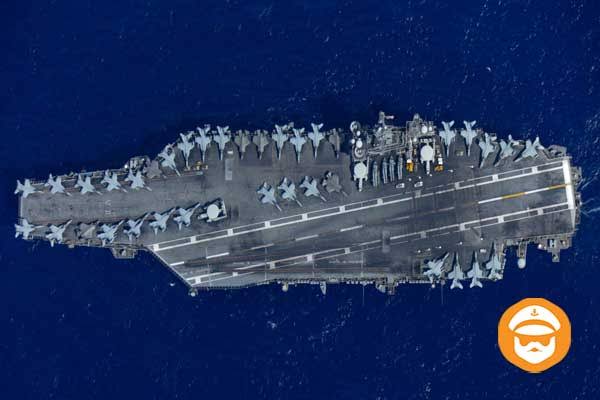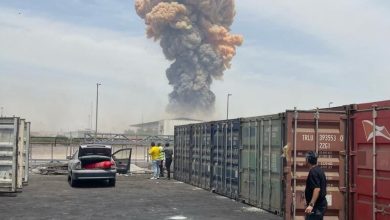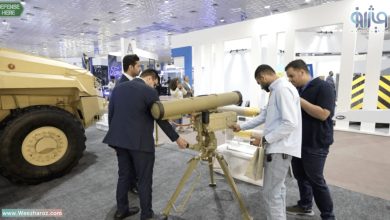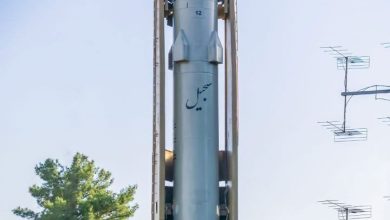USS Carl Vinson” Reaches Indian Ocean as Washington’s Offensive Force Completes Deployment
Kabul - According to a report by Newsweek, new satellite images confirm that the advanced American aircraft carrier USS Carl Vinson has crossed the strategic Strait of Malacca and entered the waters of the Indian Ocean. This movement, which was published by Western media on Monday, is seen as a key step in escalating the U.S. military presence in the Middle East and surrounding regions.

Weezharoz-Newsweek noted that the relocation of the USS Carl Vinson, previously stationed in the Western Pacific, coincides with rising tensions between Washington, the Islamic Republic of Iran, and Houthi groups in Yemen.
This repositioning is likely a sign of a more aggressive U.S. approach to regional developments in the coming weeks.
The USS Carl Vinson is now on its way to join another American aircraft carrier, the USS Harry S. Truman, in the Middle East.
With this deployment, Washington has created an unprecedented offensive force consisting of two aircraft carriers, stealth B-2 bombers stationed at Diego Garcia, and heavy weaponry shipments to the region.
This combination significantly enhances the U.S.’s ability to conduct air and missile strikes in the region.
These military movements come at a time when, according to Haaretz newspaper, the United States has made its largest deployment of forces and weapons to the Middle East since the start of the Israel-Hamas war in October 2023.
The deployment includes fighter jet groups, advanced equipment, and hundreds of tons of ammunition sent to bases near Iran and Yemen.
The U.S. President has warned Iran regarding its nuclear program and the increasing attacks on Houthi positions in Yemen. However, neither the U.S. Department of Defense (Pentagon) nor Iran’s Ministry of Foreign Affairs have made any official comment on the recent aircraft carrier deployments.
Experts warn that the simultaneous presence of two American aircraft carriers in the Middle East and the strengthening of military bases could fuel a new cycle of conflict in the region, especially given the recent Houthi attacks on commercial vessels in the Red Sea and Iran’s threats regarding the Strait of Hormuz.
It is still unclear whether these movements are part of a deterrence strategy or a precursor to a broader military operation.
However, Washington’s message is clear: it has raised its preparedness to face threats in the Middle East to the highest level in recent months.
Weezharoz




